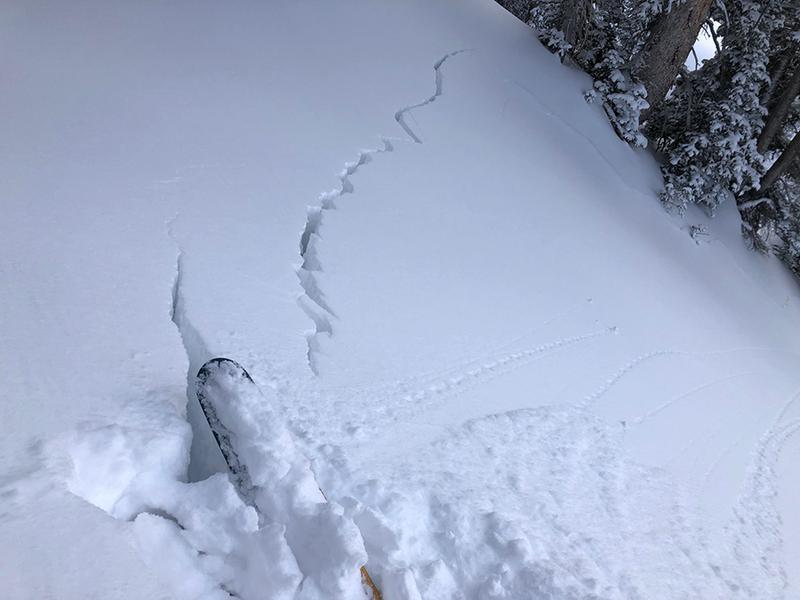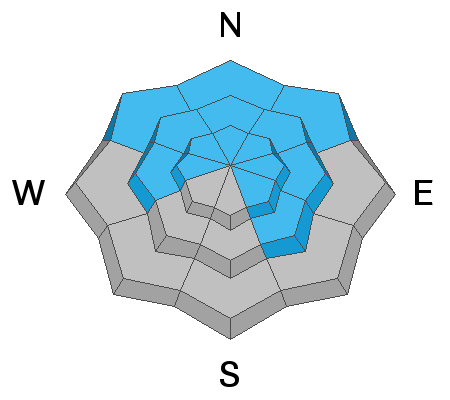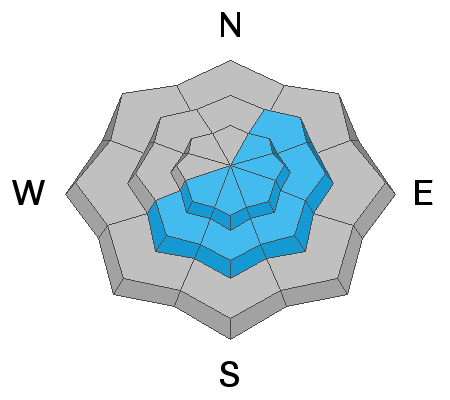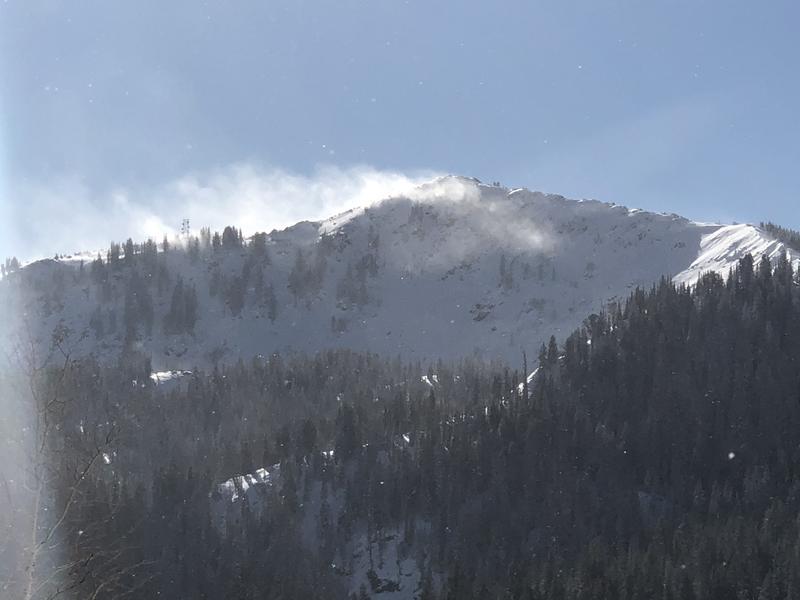Forecast for the Provo Area Mountains

Issued by Mark Staples on
Thursday morning, December 24, 2020
Thursday morning, December 24, 2020
Today there is a CONSIDERABLE avalanche danger at upper elevations. There is a persistent weak layer of old faceted snow underneath recent snow that will fracture and produce avalanches. There are also fresh slabs of wind drifted snow that will avalanche. The simple solution is to avoid avalanche terrain and ride slopes less than 30 degrees in steepness.
At mid elevations, the avalanche danger is MODERATE.
Below 8,000', there is a LOW avalanche danger simply because there isn't enough snow.
At mid elevations, the avalanche danger is MODERATE.
Below 8,000', there is a LOW avalanche danger simply because there isn't enough snow.
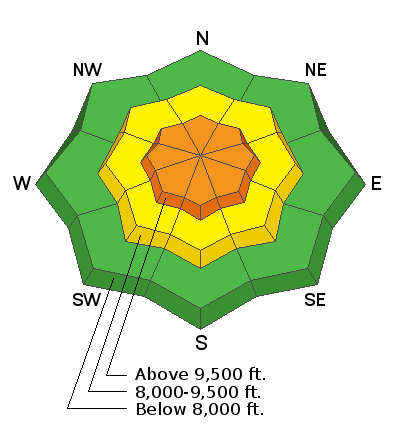
Low
Moderate
Considerable
High
Extreme
Learn how to read the forecast here


